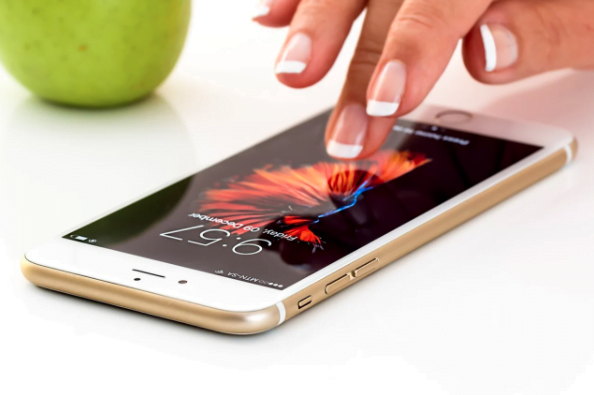Smartphones are the mini-computers of today. With the advancements in hardware and software technologies, a high-end smartphone can well suffice for your personal and professional needs. A smartphone like Huawei P30 with triple cameras can be an additional tool in a photographers suit.

With new models being released regularly, the price of smartphones has also been on the rise. According to IDC, the current economic environment across the globe has boosted the low to mid-range smartphones, with the average selling price in the range of £300-£420.
Let us take a look at the different factors that contribute to the cost of a smartphone.
Display
This is the face of a smartphone; it is the screen which you spend hours gazing on. The screen interacts with the underlying software and brings to life applications, images, and videos. It is one of the top factors that influence the decision-making process of the buyer.
There are different types of displays available for smartphones today.
- TFT LCD
- LCD Touchscreen.
- IPS LCD
- OLED
- AMOLED
- Super AMOLED.
TFT LCDs are the most common display types used in smartphones, and AMOLEDs are popular for being used in high-end smartphones. With the advent and advancement of technology, features such as HD screens, foldable screens are the rage now. The cost of a smartphone can vary greatly depending on the display it is fitted with.
Camera
In today’s age of social media, smartphones are being bought for the sole purpose of taking pictures. Just a decade back, a 5MP back camera was the crown jewel of smartphones. Now, you have phones like the Huawei P30, which boasts a 32 MP front camera.
The latest smartphone models have a unit comprising 2 to 4 cameras at the back, each with a varying configuration. The quality of these cameras is such that you can opt to buy a smartphone instead of a digital single-lens camera for high-end professional photography.
Smartphone prices can vary depending on the number and type of cameras and their configuration.
Chipset
The chipset module is responsible for the efficient functioning of your smartphone. It includes your processor, core, graphic and memory subsystems, and connectivity unit. The type of chipset used determines your smartphone’s performance, display resolution, charging speed, camera quality, and more.
There are different components associated with a chipset. For example, the number of cores used in it may be quad-core, hexa-core, or octa-core, the process technology involved, 5nm, 7nm, 10nm, cache, RAM, connectivity through Wi-Fi, Bluetooth, and more.
Some examples of popular chipsets are.
- Snapdragon 665
- Kirin 810
- Snapdragon 710
- Exynos 9611
- Kirin 980
- Kirin 990 5G
- Exynos 9820.
The more function-dense the chipset, the more expensive your smartphone will be.
Battery
The battery is a component of your smartphone that determines its working capacity. There are different types of smartphone batteries available like nickel-cadmium, or lithium.
The battery’s capacity is indicated with mAH – milliampere-hours, which signifies how long your smartphone will function without recharging. For example, Huawei P30 has a battery capacity of 3650 mAH.
Other Costs
Apart from the actual hardware costs, the retail price of a smartphone will reflect costs incurred during manufacturing, assembly, research, marketing, logistics, and sales. These may seem like intangible expenses, but various steps are involved, from the inception of the idea to a physical working product at hand.
Innovations are being made concerning every aspect of the smartphone, but there is no shortage of budget-friendly smartphones with quality features in the market.
What do you need in a smartphone, a good camera, or a strong processor for gaming? Understand your requirements. And if it is a high-end smartphone you desire, you can always look for installment payment options.
Join 25,000+ smart readers—don’t miss out!






